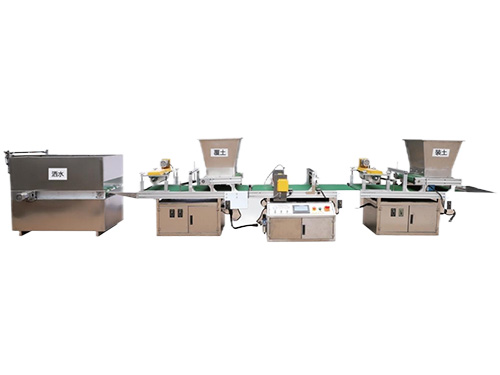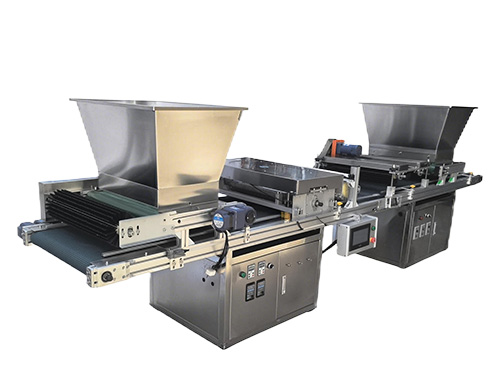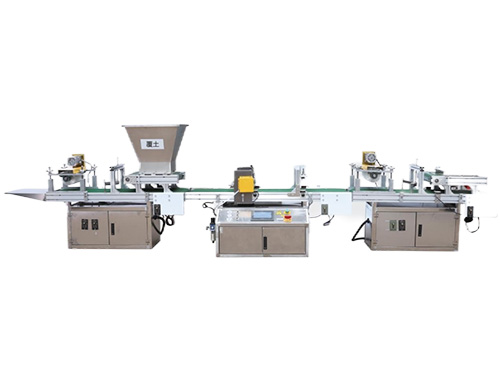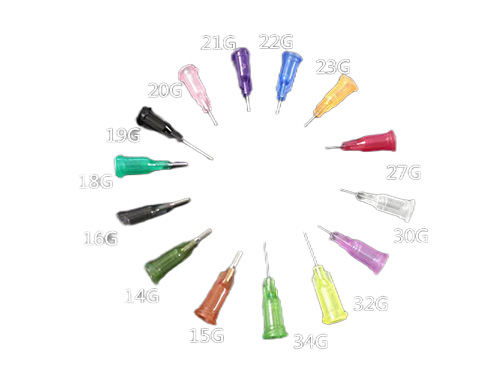播种机的进化:从人工到智能,效率的量子飞跃
2025-04-04 09:34:56
在农业发展的漫长历程中,播种过程一直是决定作物生长和收获的关键起点。从最早的人工播种方法到智能播种机的广泛采用;如今,这一领域经历了惊天动地的创新,实现了效率的质的飞跃。
一、人工播种时代:艰难与局限
播种方法和工具:在农业史上的一个重要时期,人工播种占主导地位。农民依靠锄头和铲子等简单工具在田里一排一洞地撒种子。
效率和精度问题:这种方法不仅消耗了大量的劳动力和时间,而且使播种的均匀性和准确性完全取决于农民;经验和体力。长时间的弯曲劳动使农民筋疲力尽,播种效率极低。由于缺乏精确的控制,很难管理种子的使用,导致浪费,无法确保每颗种子的最佳播种深度和间距,严重影响了作物的出苗率和生长一致性。
农业发展的制约因素:在人工播种时代,农业生产在播种过程中面临着诸多挑战,极大地限制了农业的规模和效率。
二、机械化播种机的兴起:最初的效率提高
技术改造与原理:随着工业技术的发展,机械化播种机出现了重大突破。这些播种机由拖拉机或其他设备驱动,利用机械传动装置来驱动种子计、开沟器和土壤覆盖器等部件。
效率提高:与人工播种相比,机械化播种机;显著提高了效率。他们可以在短时间内完成大面积播种任务,行距和深度更加均匀,减少人为错误。
功能优化:这些播种机还可以根据作物需求在一定程度上调整播种率,改善种子分布。
现有局限性:虽然效率有所提高,但这些种植者在智能和精确控制方面存在局限性,无法完全满足现代农业的需求;对精密生产的要求。
III、 智能种苗机:引领高效新时代
技术集成和优势:近年来,随着信息技术、传感器技术和自动化控制的快速发展,智能播种机已成为农业明星。它们配备了先进的传感器系统,实时监测土壤参数(水分、温度、质地)和播种细节(深度、速率、行距)。
播种参数的精确调整:基于这些数据,自动控制系统能够进行精确调整,以确保每颗种子都在最佳条件下种植。例如,他们根据土壤肥力调整播种率——在肥沃地区降低播种率,在贫困地区提高播种率——以实现精准种植,提高种子利用率和作物产量。
自动导航功能:智能花盆还具有自动导航功能,遵循预设路径以避免重叠或间隙,进一步提高效率和质量。
数据连接和决策支持:一些模型连接到农业管理平台进行实时数据上传和分析,为农民提供科学的决策支持。
IV、 创新的深远影响
效率提升:从人工种植到智能种植的演变对农业产生了深远的影响。智能播种机大大提高了效率,实现了及时的大规模播种,并最大限度地延长了作物生长时间。
精度提升:它们的精度确保了最佳的种子分布和生长环境,提高了出苗率和一致性,为后续的田间管理和收获奠定了坚实的基础。
推动规模和现代化:这一创新促进了农业规模和现代化。大型农场受益于高效、精确的播种,降低了成本,提高了利润。
技术创新和可持续性:智能种植园也推动了农业技术创新,吸引了更多的农业技术投资,为可持续发展注入了新的活力。
五、结论
播种者的旅程;创新反映了农业技术进步。从人工播种的艰辛到机械化播种机的效率,再到现在智能系统的精度,每一次转型都为农业开辟了新的机遇。随着技术的发展,智能播种机将在未来农业中发挥越来越重要的作用,支持更高质量和可持续发展。农民应该拥抱这场技术革命,利用智能种植园,共同将农业现代化推向新的高度。

采用电气一体化,按触摸屏上全自动按钮一键启动,穴盘放在传输带上...

XP750型 播种机性能稳定,品质量优良良,操作简单便捷,高速细致。...

采用电气一体化,按触摸屏上全自动按钮一键启动,穴盘放在传输带上...

针头清单吸种嘴型号 不同型号 播种种类不同...
